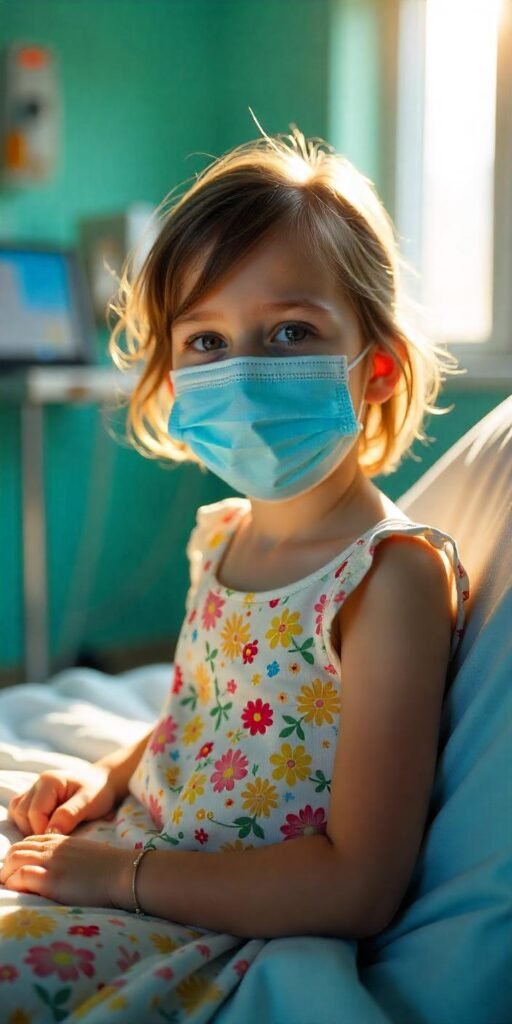
Even years after being diagnosed, childhood cancer survivors are more likely to have severe COVID-19.
Even years after being diagnosed, childhood cancer survivors are more likely to have severe COVID-19.
Background: Childhood Cancer’s Increasing Burden
Worldwide, childhood cancer rates are rising. More than 400,000 youngsters between the ages of 0 and 19 receive a cancer diagnosis each year. Survival rates have significantly increased as a result of improvements in diagnosis and treatment, particularly in high-income nations where the 5-year survival rate is over 85%.
The global number of children who have survived cancer is rising as more of them do. Nonetheless, this demographic continues to be medically susceptible, with a higher chance of developing long-term health issues and maybe dying young.
Researchers found that those having a history of cancer were more likely to get severe COVID-19 and die from it during the epidemic. However, there is still little data on how the epidemic affected childhood cancer survivors in particular.
Few studies have looked at the true risk of severe COVID-19 in this particular cohort; most have concentrated on psychological or behavioral effects.

Goal of the Study
The purpose of this study was to determine if survivors of childhood cancer were more likely to:
Getting infected with the COVID-19 virus, SARS-CoV-2
being more likely than the normal population to have severe COVID-19
Overview of the Study
13,659 people from Sweden and Denmark who had received a cancer diagnosis before the age of 19 were included in the study. They were compared to 58,803 members of the general population who were matched by country, gender, and year of birth in terms of their risk of contracting SARS-CoV-2 and severe COVID-19.
Cancer survivors and their siblings were also compared to identify any common family-related risk factors.
The time frame for the study was January 2020–December 2022.
Why Sweden and Denmark? Responses to COVID-19 varied greatly among these nations:
Denmark enforced stringent mask laws, school closures, and nationwide lockdowns.
Sweden used a more permissive approach, depending more on suggestions than orders.
Important Results
Childhood cancer survivors and the general population had comparable risks of severe COVID-19 at the start of the epidemic.
In contrast to their matched counterparts from the general population, survivors were more vulnerable to severe COVID-19 when highly transmissible variants such as Alpha and Omicron appeared.
Remarkably, survivors had a lower risk of contracting SARS-CoV-2, which may have been brought on by their more circumspect conduct or improved personal cleanliness.
During the Omicron wave, when cancer survivors were significantly more susceptible to serious disease than others, the disparity in risk was most apparent.
The study discovered the following when comparing survivors to their siblings:
Increased likelihood of severe For survivors, COVID-19
Survivors’ lower infection rate

National Trends
Survivors in Sweden and Denmark were more likely than their peers to have severe COVID-19 during the high-transmission periods.
Despite their probably careful behavior, infection rates were also somewhat higher among survivors in both nations.
By the end of the trial, the total percentage of survivors with a severe COVID-19 diagnosis was comparable in both countries, despite Sweden exhibiting a higher relative risk.
The Significance of This Research
The study discovered that despite having greater immunization rates and a decreased risk of infection overall, survivors still faced a:
58% more likely to have severe COVID-19 than the overall population
twice as at risk as their own siblings
The danger was particularly noticeable in:
Survivors who received a diagnosis at age 15 or up
Individuals with solid tumors
Survivors who were 50 years of age or older when the pandemic began
Times when Omicron and Alpha variants were rapidly spreading
According to earlier studies, adult cancer survivors are also more susceptible to severe COVID-19, which is consistent with these findings.
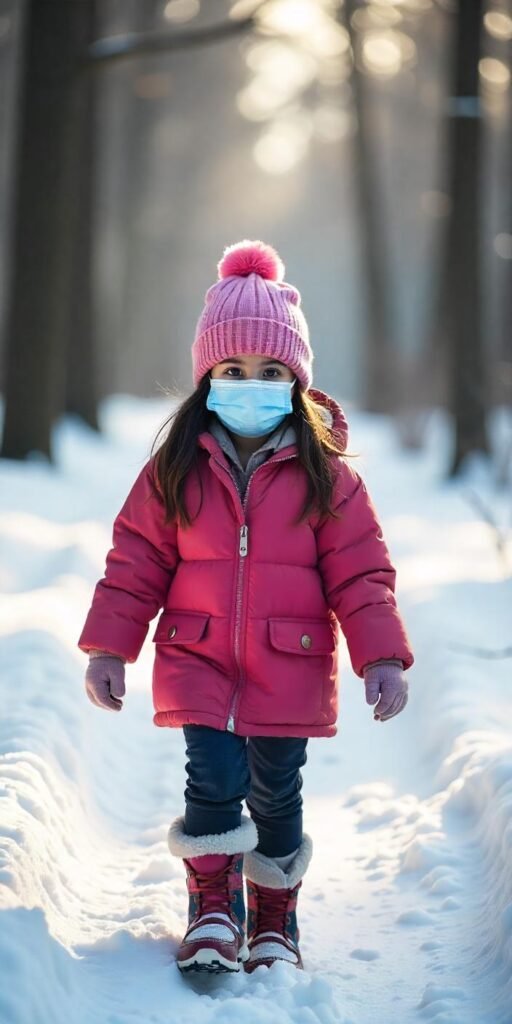
Why This Is Important for Planning for Future Health
This study emphasizes the necessity of designating childhood cancer survivors as high-risk, especially in the event of subsequent epidemics. Health officials ought to:
Give survivors priority when it comes to immunizations and healthcare.
During medical emergencies, provide them specific health instructions.
The actual number of severe COVID-19 cases was modest, despite the increased relative risk:
Severe COVID-19 was diagnosed in just 0.8% of survivors.
In contrast to the 0.4% in their corresponding general population category
Effects of National COVID-19 Plans
Both Sweden and Denmark reported comparable rates of severe COVID-19 among survivors during high transmission times, despite differing public health measures. This implies that the survivors’ underlying susceptibility was more significant than just the public actions.
The risk for surviving remained high even after vaccinations were developed. This could be because of:
Vaccine protection is lower in immunocompromised people.
Disparities in behavior (survivors might have been more cautious)
Variations in testing rates among nations

Study Limitations
A few shortcomings are noted by the authors:
Due to small sample sizes, the study was unable to separate data by certain cancer subtypes.
It’s possible that some underlying medical issues treated in primary care were not completely documented.
In conclusion, a request for focused assistance
Important information for future pandemic preparedness is provided by this study. It demonstrates that children who have survived cancer are more susceptible to serious consequences from COVID-19 and ought to be given top priority in any future medical emergency.
To lessen health inequalities and save lives, it is crucial to guarantee early interventions, preventative measures, and ongoing monitoring for these people.
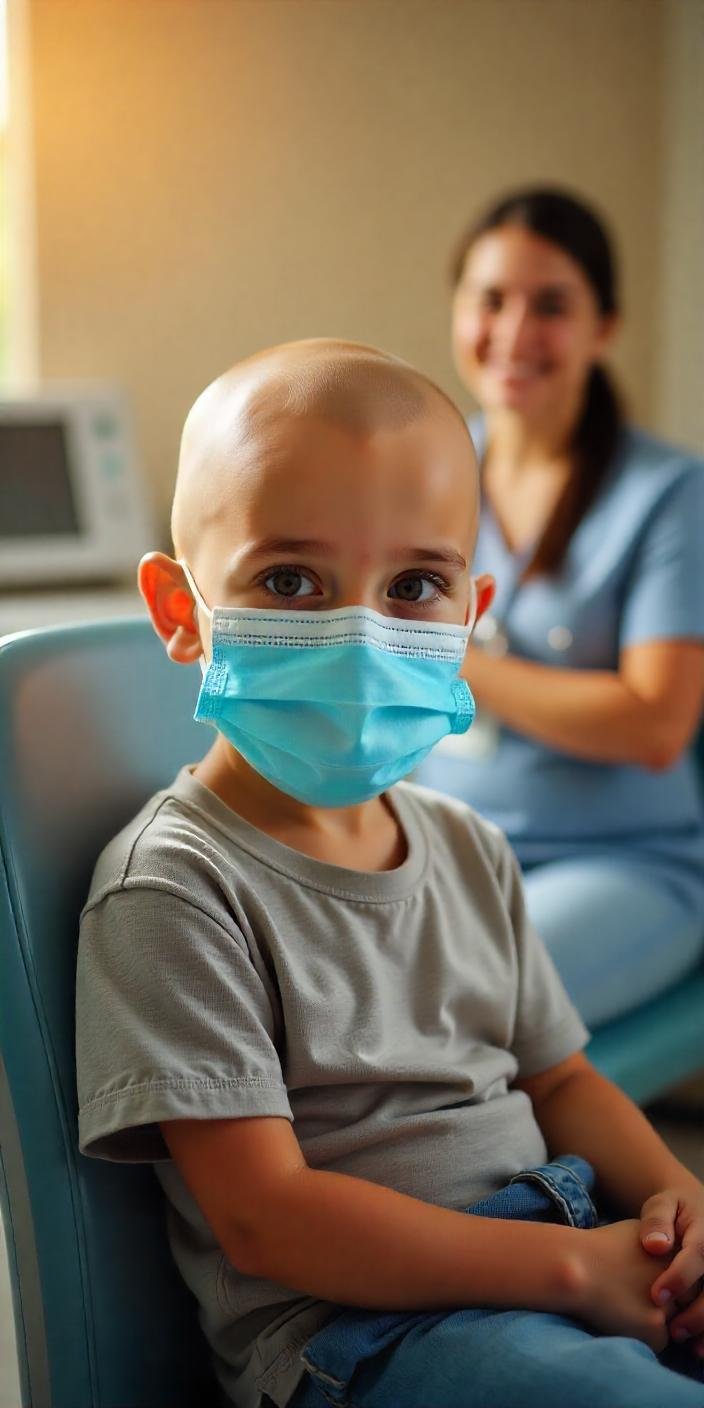
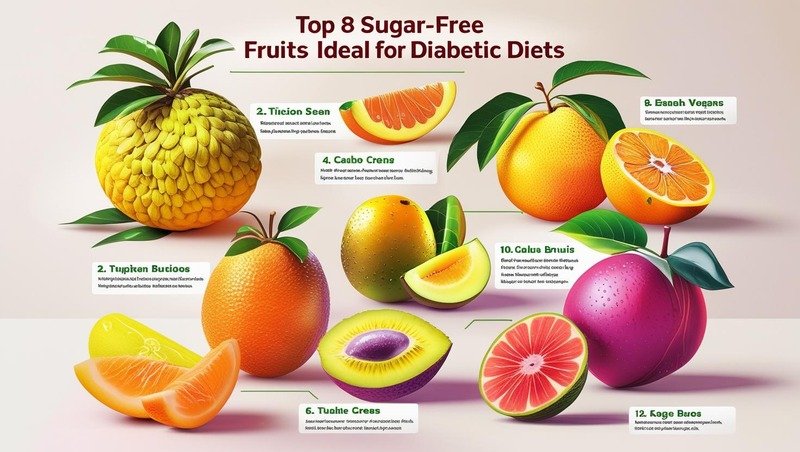



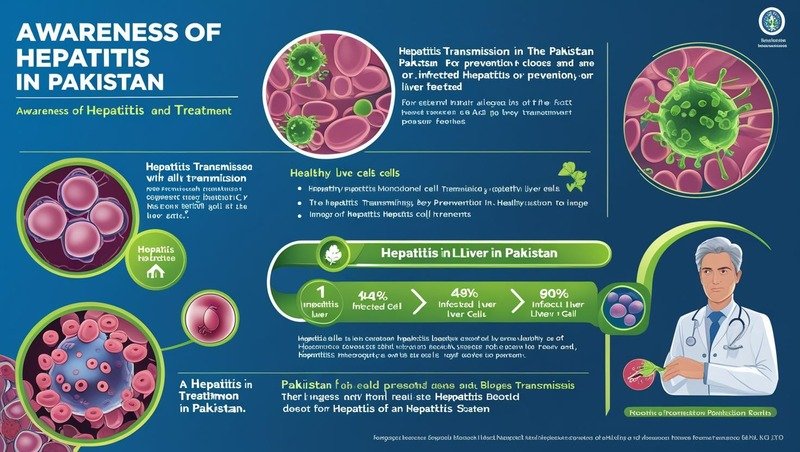





Leave a Reply